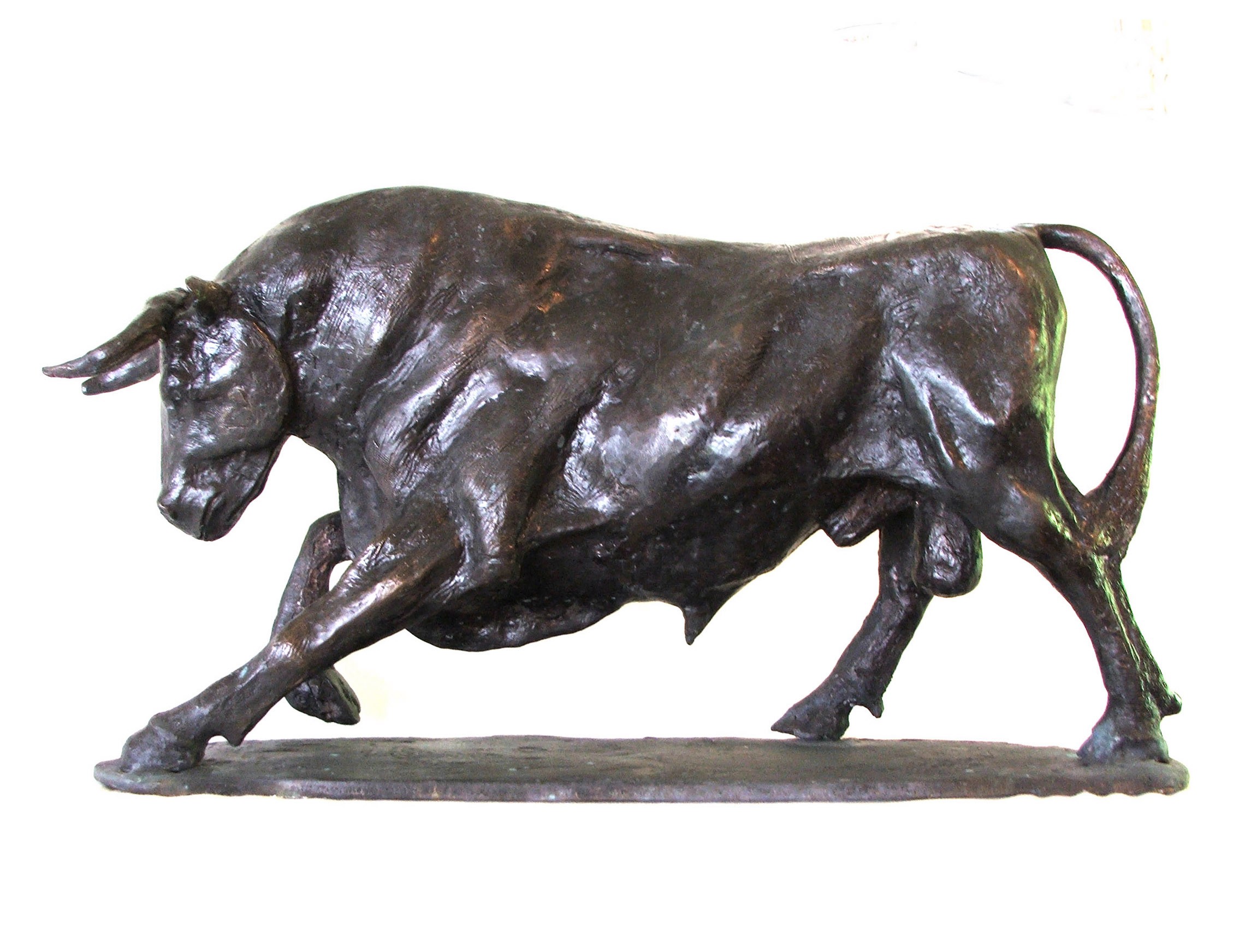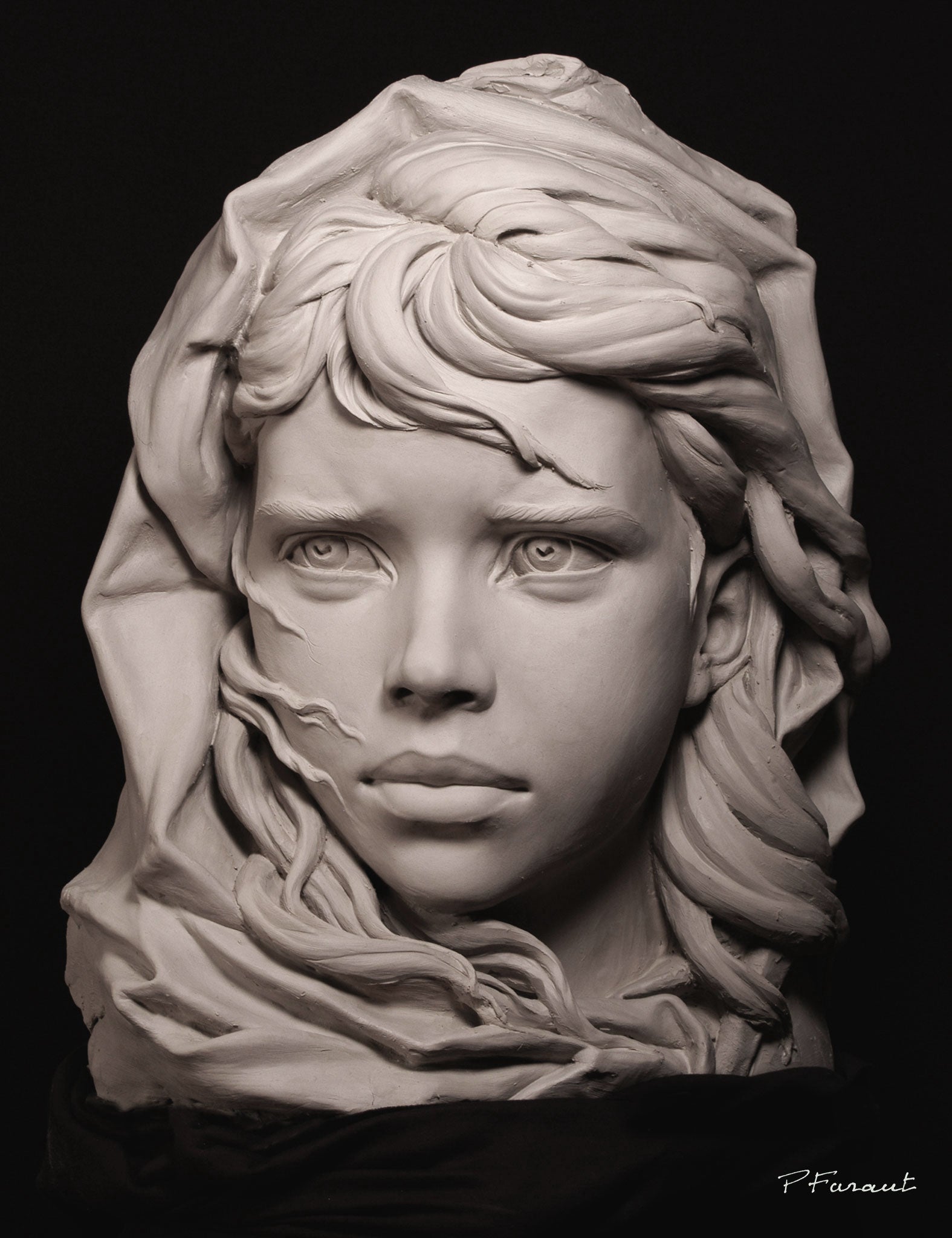The Advancement of Sculptures: From Old to Modern
The Development of Sculptures: From Ancient to Modern. Robert C Hitchcock Sculptor.
Sculpture, one of the earliest types of art, has been an indispensable part of human world for centuries. From the ancient people of Egypt and Greece to the modern age, sculptures have actually developed, mirroring changes in creative strategies, materials, and cultural impacts. This trip through time traces the advancement of sculptures, exploring the shifts stylishly, topic, and imaginative expression.
Beginning with the old world, sculptures crafted from rock and later bronze recorded the significance of deities, leaders, and daily life. The Renaissance duration saw a resurgence of classical sculpting strategies, as artists looked for to replicate the stylish types of ancient Greek and Roman sculptures (Robert C Hitchcock Sculptor). In the modern-day age, musicians challenged typical boundaries, welcoming abstraction and experimentation with new materials
This exploration will certainly explore the varied advancement of sculptures, revealing the abundant tapestry of creative expression across various durations and societies.

Old Sculptures: From Stone to Bronze
Ancient sculptures transitioned from being sculpted out of rock to being cast in bronze. Stone sculptures, while remarkable in their own right, were restricted by the nature of the material. Bronze Sculptures.
The intro of bronze as a tool for sculptures produced a change in artistic expression. Bronze used sculptors the possibility to develop complex and lifelike forms that were not feasible with stone. The procedure of casting bronze permitted the production of multiple copies of a sculpture, allowing wider circulation and preservation of these imaginative masterpieces.
The transition from stone to bronze also saw a shift in the topic of sculptures. While rock sculptures mainly depicted gods, sirens, and mythological figures, bronze sculptures began to mirror a wider variety of topics, consisting of everyday individuals and pets. This expansion of subject issue showcased the versatility and flexibility of the bronze medium.
Renaissance Resurgence: Forming in the Classic Design
The Renaissance rebirth of sculpture witnessed a renewal in the classical design, structure upon the developments made during the shift from stone to bronze in old sculptures. During this duration, musicians sought to recreate the timeless visual and ideals of appeal that prevailed in old Greek and Roman sculptures.
One of the key characteristics of the Renaissance rebirth was the emphasis on naturalism and the human form. Sculptors like Donatello and Michelangelo aim to catch the anatomical details and expressions of their topics with unmatched accuracy. They examined the human body and incorporated their observations into their sculptures, causing realistic and natural representations.
An additional crucial aspect of the Renaissance revival was the expedition of point of view and depth. Artists used strategies such as contrapposto, where the weight of the body is moved away, producing a feeling of activity and dynamism. They likewise explored with various products, consisting of marble and bronze, to attain a degree of elegance and intricacy in their sculptures.

Innovation and the Avant-Garde: Breaking Typical Borders
During the Innovation and Avant-Garde movements, artists pushed the limits of traditional imaginative conventions. This period, which arised in the late 19th and early 20th centuries, saw a significant change in the method artists came close to sculpture. Rejecting the concept of art as plain imitation, modernist carvers looked for to check out brand-new forms, products, and concepts.
One of the vital features of modernist sculpture was the emphasis on abstraction. Artists moved far from realistic depictions and rather concentrated on capturing the essence of the subject with streamlined types and geometric shapes. This departure from typical representation allowed artists to reveal their feelings and concepts in a more personal and subjective fashion.

Contemporary Sculptures: Discovering New Products and Concepts
With a concentrate on exploring new products and principles, modern sculptures have revolutionized the area of art. Artists today are pushing the boundaries of conventional sculpture by trying out and using cutting-edge products with abstract principles. These sculptures test conventional notions of materiality, definition, and form, welcoming audiences to participate in a new and thought-provoking imaginative experience.
Contemporary artists are welcoming a vast array of products, consisting of plastic, glass, steel, and even raw material. They are not see here restricted to the typical tool of rock or clay, permitting greater liberty of expression and trial and error. This shift towards unconventional products has actually opened up brand-new opportunities for musicians to develop sculptures that are vibrant, interactive, and visually striking.
In enhancement to checking out brand-new materials, contemporary sculptures also dive into complex and abstract principles. Artists are now discovering styles such as identity, social problems, and the atmosphere, utilizing sculpture as an effective medium for social commentary and self-questioning. These sculptures challenge audiences to assume seriously and involve with art on a much deeper degree, triggering conversations and provoking emotional actions.
Global Impacts: Sculptural Customs From Around The Globe
Sculptural practices from various areas of the globe have actually considerably shaped the evolution of sculptures throughout history. The worldwide influences on sculpture have actually varied and have added to the splendor and range of artistic expressions. From the ancient people of Egypt, Greece, and Rome to the intricate carvings of Oriental societies, each region has created its distinct sculptural practices that have influenced artists across time.
In old Egypt, sculptures were produced mostly for funerary and religious functions. The iconic sculptures of gods and pharaohs, such as the Great Sphinx and the bust of Queen Nefertiti, showcase the Egyptians' proficiency of rock carving and their belief in the afterlife.

In ancient Rome, sculpture served both artistic and political functions. Roman sculptures typically shown emperors, generals, and mythological numbers, reflecting the power and magnificence of the empire. The marble statuary of Augustus of Prima Porta and the huge Arch of Constantine are notable instances of Roman sculptural achievements.
Asian sculptural customs, particularly in India, China, and Japan, have additionally had a profound influence on the advancement of sculptures. Indian sculptures, such as the elaborately carved temples of Khajuraho and the colossal statuaries of Buddha, display an abundant fusion of spiritual, mythological, and architectural elements. Chinese sculptures, identified by their great workmanship and focus to detail, typically depict deities, animals, and famous numbers. Japanese sculptures, affected by Buddhism, emphasize simpleness and tranquility, seen in the peaceful statues of Buddha and the stylish art of bonsai.
The international impacts on sculpture remain to advance in the contemporary era. Musicians today draw motivation from various sculptural traditions, including brand-new materials, techniques, and concepts to develop provocative and cutting-edge artworks. The fusion of various social influences has generated a diverse and dynamic sculptural landscape, mirroring the interconnectedness of our worldwide culture. As we seek to the future, it is specific that the worldwide influences on sculpture will certainly proceed to shape and redefine this old art type.
Verdict
In final thought, the development of sculptures has actually seen a shift from old stone and bronze works to the timeless resurgence throughout the Renaissance. Today, modern sculptures explore brand-new materials and concepts, while likewise drawing motivation from international sculptural traditions.
From the ancient human beings of Egypt and Greece to the modern age, sculptures have actually developed, showing adjustments in artistic methods, products, and social influences.Beginning with the ancient globe, sculptures crafted from rock and later bronze captured the significance of divine beings, rulers, and daily life.Old sculptures transitioned from being carved out of rock to being cast in bronze. While stone sculptures mostly shown gods, goddesses, and mythical figures, bronze sculptures started to show a more comprehensive array of subjects, including everyday people and animals.In conclusion, the development of sculptures has actually seen a change from ancient stone and bronze functions to the classical rebirth during the Renaissance.